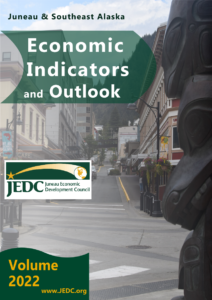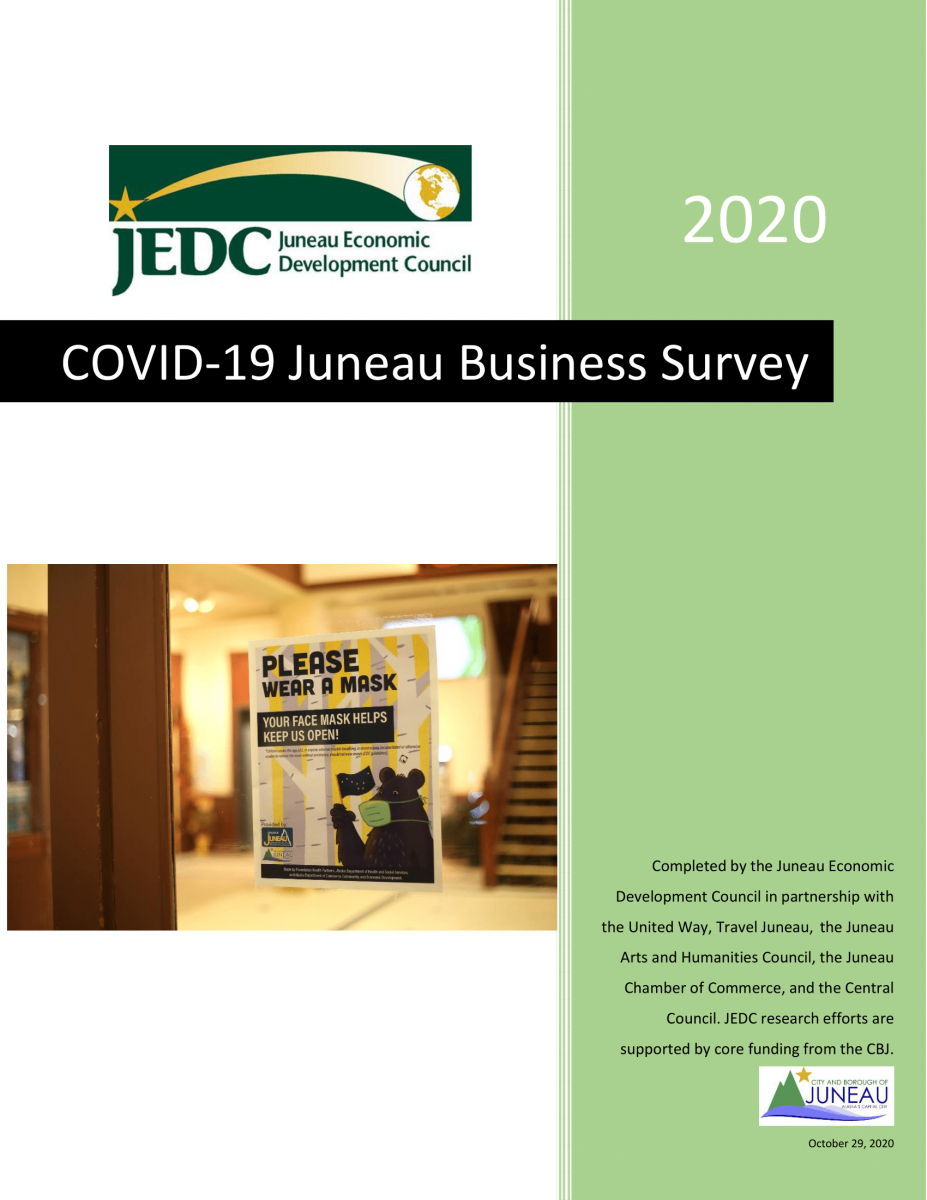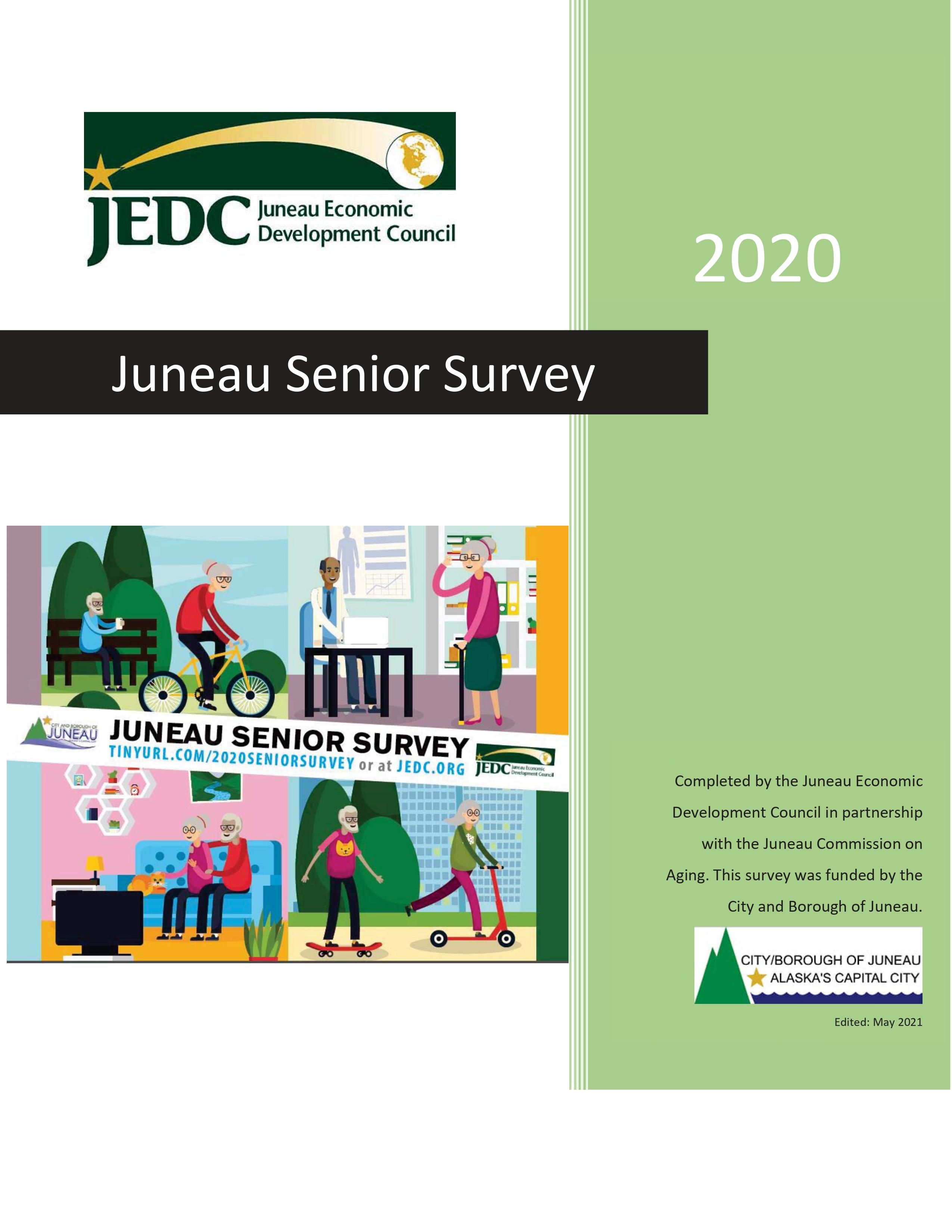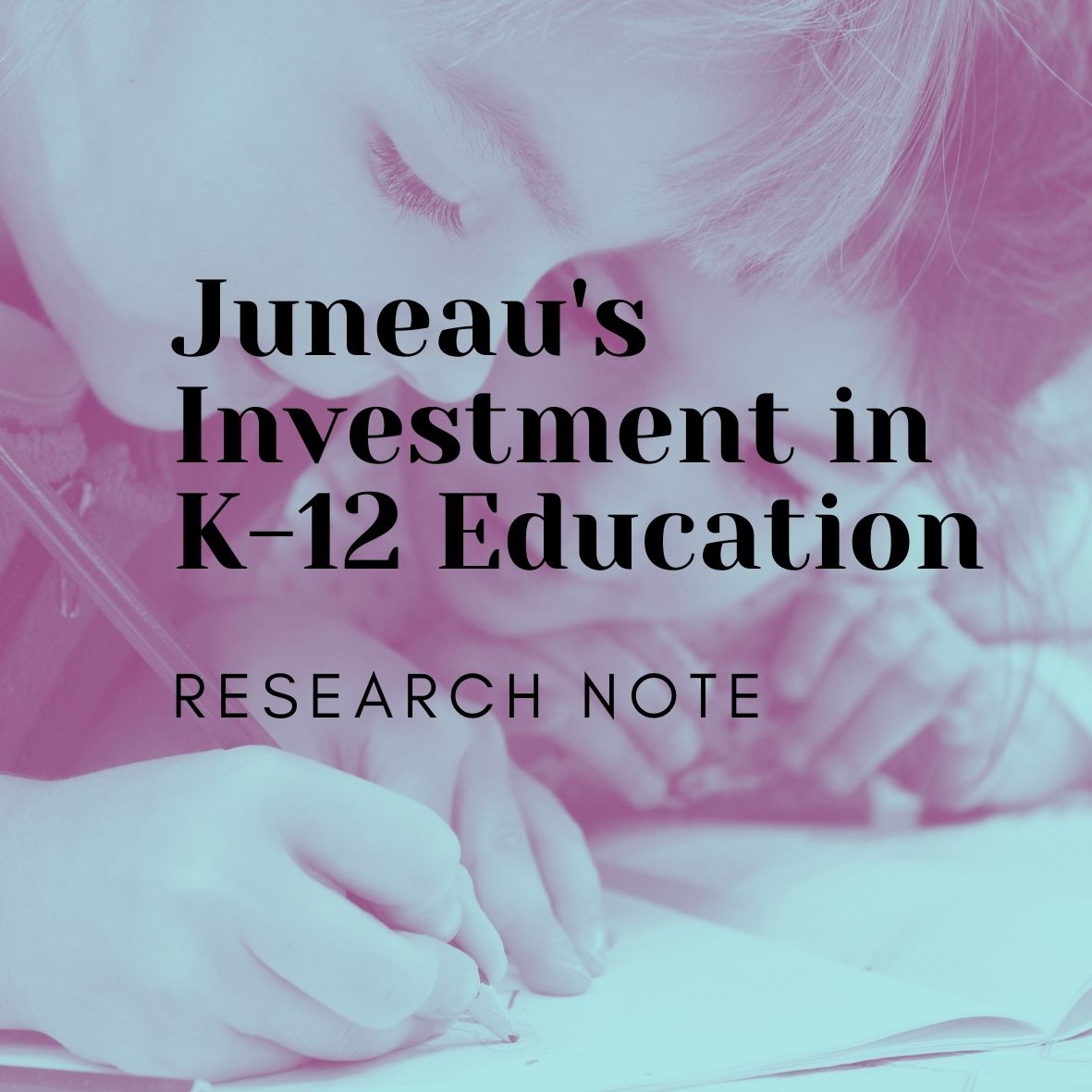Cluster Co-Chairs: Facilitation ended in 2015
Highlights
- The Ocean Products Cluster Working Group convened in 2012 to bring added attention to emerging regional issues and opportunities.
- The Cluster Working Group partnered with other organizations to launch a coastal mariculture industry.
- Work with the US Fish and Wildlife Service led to led to clarification of language in reference to the sea otter pelts being used to make and sell native handicrafts. This is helpful to local small businesses that produce items for sale made from sea otter pelts.
- After bringing the director of the Iceland Oceans Cluster to speak in Juneau, JEDC and the Alaska Department of Economic Development partnered to take a group from the Alaska seafood industry to Iceland to visit the Iceland Oceans Cluster and learn about Iceland’s success in fish full utilization.
A review of Ocean Products Cluster Working Group initiatives is found below.
Support the Regional Mariculture Industry
The goal of this initiative was to create a strong and sustainable mariculture industry that supports vibrant coastal communities in Southeast Alaska.
- In 2012, the initiative team participated in the Alaska Shellfish Growers Association (ASGA) meeting. The team, together with other ASGA meeting attendees, pared down the number of activities for this initiative to concentrate efforts on addressing the problem of seed security and trying to attract more qualified personnel to the field of mariculture.
- In 2013, a meeting was held with Director of NOAA’s Office of Aquaculture along with six other stakeholders from the state about the Mariculture Initiative.
- In 2014, a statewide strategic planning process was led by Alaska Fisheries Development Foundation (AFDF) with resources from a NOAA grant. Phase I results were presented in 2015. With assistance from JEDC, the cluster worked with the Alaska Chamber of Commerce and other groups to adopt a policy priority to support the mariculture industry development in Alaska. Cluster members supported restructuring the OceansAlaska Board and business plan to be a shellfish hatchery, which resulted in approval of a long-term $600,000 loan from KGB. JEDC staff visited a NOAA aquaculture and shellfish hatchery facility in Seattle to inspect it as a potential model for a Juneau shellfish hatchery. Finding ways to align USDA resources with the needs of the mariculture industry was also a priority in 2014.
- The 2014 and 2015 Innovation Summits included a showcase of Alaskan oysters and mussel.
- With the creation by Governor Walker of the Alaska Mariculture Taskforce in February this initiative went dormant; however, communicating the magnitude of mariculture economic opportunity for Alaska to the general public, politicians and potential investors will continue to be a priority, as is providing any assistance needed to the organizations working in mariculture in Alaska.
Develop a Sea Otter Management Program in Southeast Alaska
The goal of this initiative was to analyze realistic management approaches to protect important shellfish species and to allow a less restrictive harvest of sea otters by Alaska Natives.
- In 2012, members of the team met with the Alaska Board of Fisheries, the Marine Mammal Commission and the Federal Subsistence Board to discuss the sea otter issue. The team also wrote and sent out a letter of support for the Sea Otter Traditional Use Revitalization Project. In September 2012, Dan Ashe, Director of US Fish and Wildlife Service, met with members of the team via teleconference and committed to working out the definition of sea otter use regarding what “significantly altered” means for products created by people from native tribes.
- In 2013, US Fish and Wildlife Service came out with what is likely the final definition of “significantly altered” in reference to the sea otter pelts being used to make and sell native handicrafts. This definition is helpful to local small businesses that produce items for sale made from sea otter pelts. Also in 2013, a State working group was created with participation from the Governor’s office and other state and federal elected officials’ offices. With the creation of the state working group, this initiative team made the decision to focus its energy in helping local Native sea otter hunters/artists with the business of making and selling sea otter products.
Develop Sea Otter Garment Making Businesses
The goal of this initiative was to support garment makers, tanners and hunters in developing high revenue businesses in remote communities in Southeast that export high value products made and sourced locally.
- In 2014, JEDC began working with makers of high end sea otter garments in the region to assess ways the cluster working group could assist them in developing their cottage industry. In late 2014, Sealaska Heritage Institute began working with JEDC to develop a strategy and work plan. Areas identified for effort were developing marketing and distribution channels for high end Alaskan sea otter garments with quality control; developing the capacity, consistency and timeliness of local fur tanneries; professional level training and/or apprenticeships for garment makers and tanners in the state. In 2015, a proposal was submitted by Sealaska Heritage Institute to develop the sea otter garment making (skin sewing) industry in Southeast Alaska. JEDC and the Initiative Team collaborated on this proposal, which was not funded.
Value Added Seafood By-Product Development
The objective of this initiative was to increase total revenue of existing commercial fisheries catch in the region by developing new, higher value products and markets for seafood by-product.
- The 2014 Innovation Summit featured as keynote speaker Thor Sigfusson of the Iceland Oceans Cluster. Following up on Thor’s visit, the Alaska Department of Economic Development partnered with JEDC to take a group of 12 delegates from the Alaska seafood industry to Iceland to visit the Iceland Oceans Cluster and learn about Iceland’s success in fish full utilization.
- The Alaska Fisheries Development Foundation’s 2015 Symphony of Seafood included a new category called “Beyond the Plate” featuring consumer ready products made with parts of Alaska seafood that would typically be deemed fish waste. This was a big win for this initiative since it not only promoted and supported businesses achieving this goal, it also helped the cluster in identifying businesses that are working in this area, or hope to be working in this area and can use assistance.
- JEDC worked with Southeast Conference to include Full Utilization of Ocean Products in their five year CEDS (Comprehensive Economic Development Strategy).
Refinement of USDA Programs Applicable to the Seafood Industry
The objective of this initiative was to creatively refine and better market those US Department of Agriculture (USDA) programs that apply to the seafood industry.
- In 2012, the team determined that the USDA is not receptive to completing an analysis of how it might creatively include the seafood industry in more of its programs. The team acquired a matrix that outlines the programs of USDA Rural Development and distributed this matrix to the Cluster Working Group. As an indirect outcome of this initiative, a member of the team completed grant proposals for three of the USDA’s interest areas that apply to ocean products.
- An initiative was put forth to explicitly add fisherman and shellfish farmers and producers to Senator Murkowski’s Farm Bill Amendment. Twenty-one entities signed on to a letter in support to Senator Murkowski. There were also at least five independent letters of support sent as a result of this effort. Ultimately the cluster gained support from eight US Senators on the amendment.
- This initiative was refocused in 2013 to evaluate how USDA programs might be refined and better marketed. A workshop was held at the Innovation Summit in February, 2013, about USDA opportunities that are applicable to the seafood industry. During the course of 2013, two grant applications were submitted to the USDA for fisheries related projects. Both were declined. At the end of 2013 this initiative team hoped to arrange a meeting with USDA rural development leaders in Alaska about ways for fisheries related projects to benefit from USDA programs. This initiative went dormant in 2014.
Ensure Southeast’s Fishing Future through Education and Training
The goal of this initiative was to provide residents with the necessary skills to acquire and operate successful fishing businesses in the region.
 In 2013, Juneau Fisheries Development Committee, after consultation with the Ocean Products Cluster, recommended a resolution supporting Fisheries Job Education to the CBJ.
In 2013, Juneau Fisheries Development Committee, after consultation with the Ocean Products Cluster, recommended a resolution supporting Fisheries Job Education to the CBJ.- In 2014, a survey was completed of fishermen who live outside Alaska to learn why they choose to live elsewhere while making a living commercial fishing in Alaska. Results, show that the non-resident permit holder demographic is an older population, most of whom are settled and have put their roots down in a community outside this region. They consider.ar from family and friends. halibut.t have strong ties to a community.y holdere. Southeast Alaska as remote and far from family and friends. A targeted marketing plan to attract non-resident permit holders to reside in the region may be effective if aimed at a younger demographic, who may not yet have developed ties to any community. To reach out to this population, JEDC recommends that the factors which would attract younger (under age 45) fishers to this region be better determined. No further direct action for this initiative was planned.
Establish a Marine Industry Technology and Workforce Improvement Consortium
The maritime industry sector cuts across nearly all of Southeast Alaska’s industries. The focus of this initiative was to gain recognition for this unrecognized industry sector and set the groundwork for preparing an economic development plan.
- In 2013, a statewide effort was begun with facilitation by the University of Alaska to write an Alaska Fisheries, Seafood and Maritime Workforce Development Plan. The plan was completed in 2015. Members of this cluster initiative were involved in the development of that plan. In 2015, the focus of this initiative became to support the larger statewide plan. No further direct action for this initiative was planned.
 In 2013, Juneau Fisheries Development Committee, after consultation with the Ocean Products Cluster, recommended a resolution supporting Fisheries Job Education to the CBJ.
In 2013, Juneau Fisheries Development Committee, after consultation with the Ocean Products Cluster, recommended a resolution supporting Fisheries Job Education to the CBJ.


